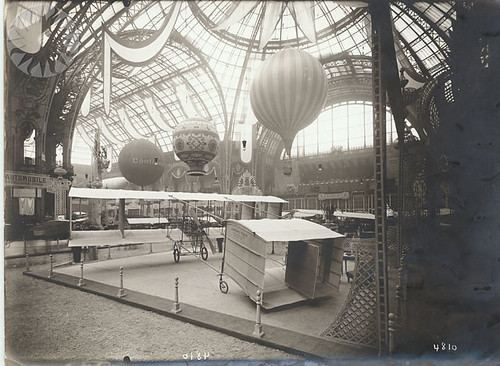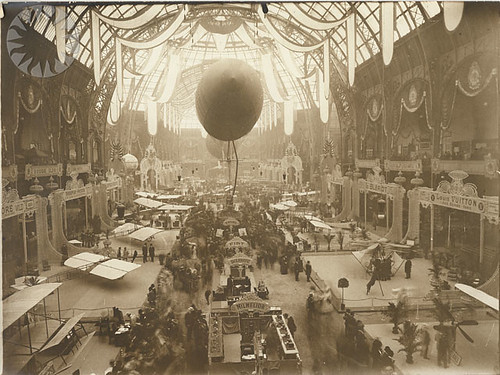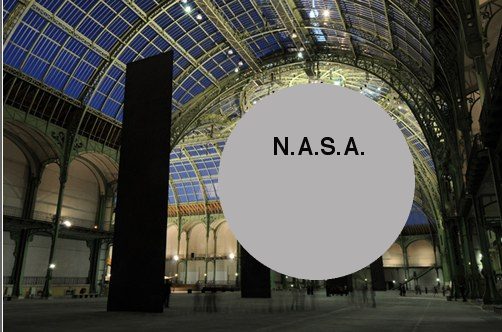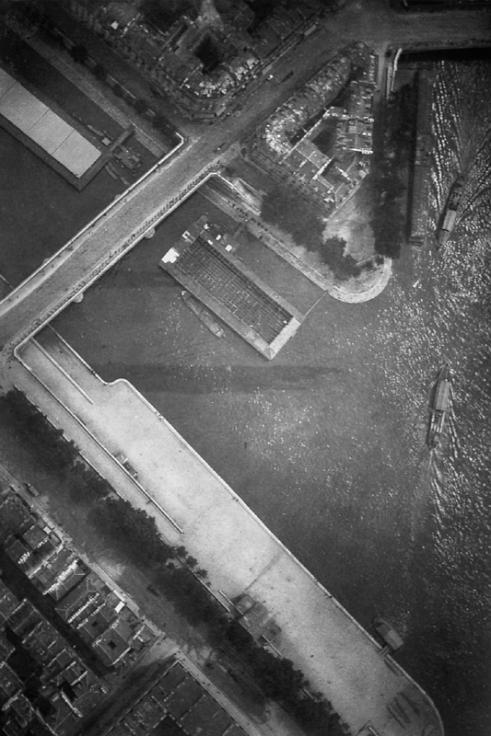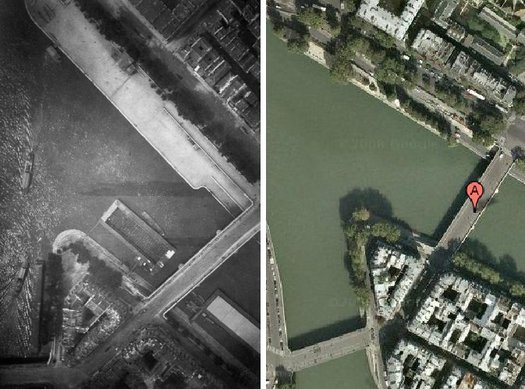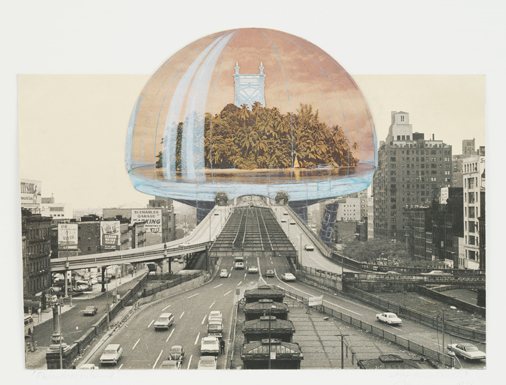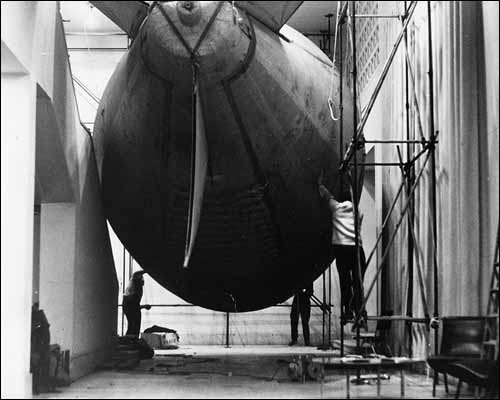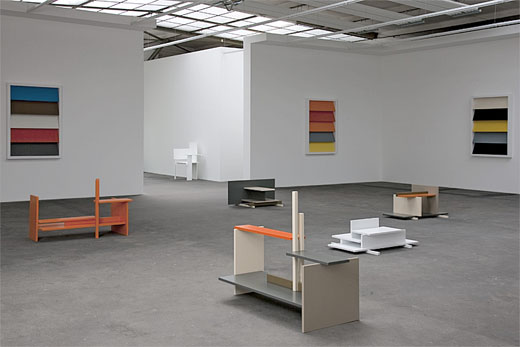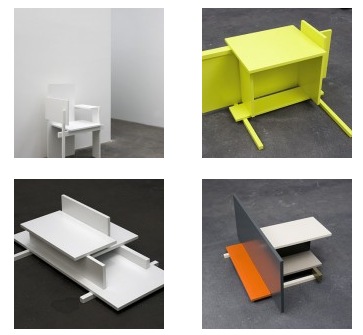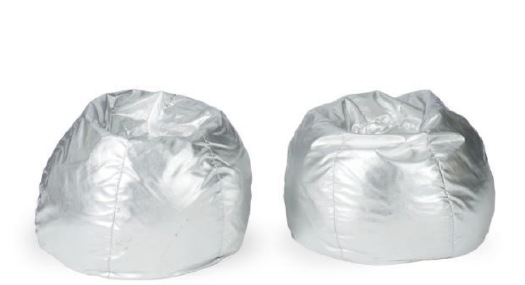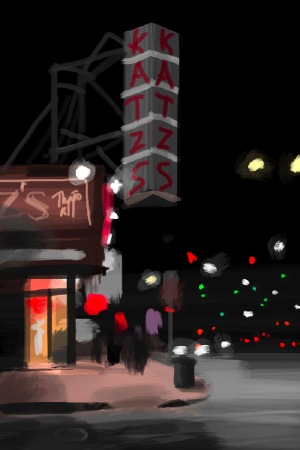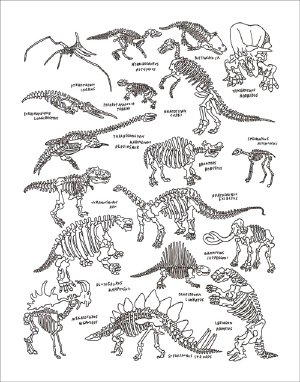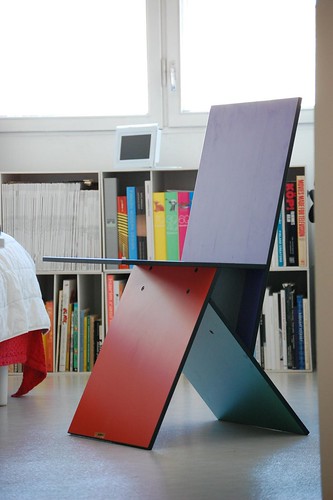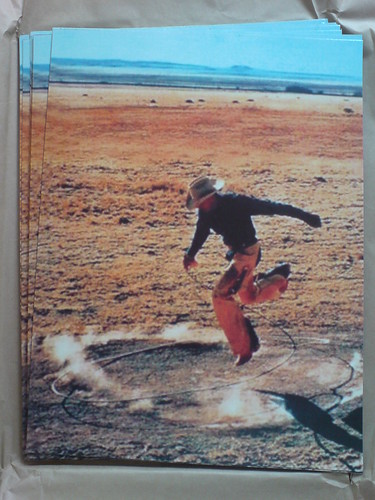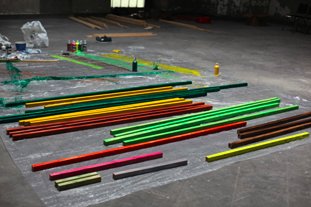
Steve Roden’s sculpture and sound installation, nothing but what is therein contained is in the previously closed off top rooms of Founder’s Hall at Girard College. It was created as part of the Hidden City Philadelphia festival, and this weekend, June 27th and 28th, is the last chance to see it. Which is really bumming me out, because we’ll be in Philadelphia for the 4th of July.
I’d emailed my compliments to Roden, praising how the “pure arbitrariness” of the system he used to construct this sculpture turned out so fantastically. When he emailed back and thanked me, he also pointed out there was “indeed there was much more specificity to the project than arbitrariness.” I felt like smacking my head, “that’s what I meant, not arbitariness, specificity!” as if they were somehow interchangeable.
And yet, it was kind of what I meant. Roden described his process on his blog. The title is a phrase from Girard’s will, instructing the architect what kind of building he should design:
I took the phrase and translated it into numbers based on the alphabetical sequence of the letters, and then cut pieces of wood accordingly.
these pieces (running from a 1 foot length for an “a” to an 8 foot plus a 12 foot for a “t”) were then painted in groups, a different color for each letter.
…
i then began to build the structure, beginning with the first letter – “n” – and drilling and wiring the consecutive parts improvisationally, essentially using the letter sequence as a score towards determining what piece of wood would come next.
The colors and painting, meanwhile were partly inspired “by the sketchbook of amish deaf mute craftsman henry lapp, who lived outside of pennsylvania just around the time the building was finished…”
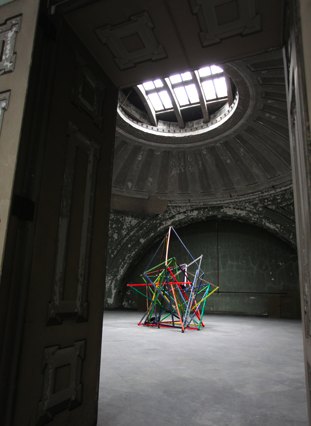
So yes, highly specific, and to an outsider, seemingly purely arbitrary. And yet, they are also the deeply intuited choices of an artist who has spent two years researching and experiencing the building, the institution, the space, the history, the city, the work inhabits. And out of that experience and those choices emerges a singular, even inevitable object. [The work itself also contains sound and text elements.]
I realized while I’d remembered Roden’s explanation of how Stephen Prina’s green monochrome paintings with dimensions based on Manet’s oeuvre informed his early explorations of constraints and systems from his interview with Catherine Wagley last year, I’d forgotten the intuition, which was the objective, if not the whole point:
it opened my eyes to how process could potentially be used to generate a relatively awkward or difficult stage for an intuitive process to then take place. so i started a painting with a ridiculously stupid idea – taking an issue of art in america and building an image using the first letter of every name in an advertisement for an exhibition, in the same font and same relative scale. it was the kind of thing i would have reacted against, so i tried it. it was incredibly frustrating, even boring at times, but also freeing. i started to make works using found letter structures within books and texts to see what might happen – what was i gaining and what was i losing by following such a process? i wasn’t sure, but both the process and the finished works were more interesting to me.
Great stuff. I wish we were in town.
nothing but what is therein contained, Saturdays & Sundays through June 28 [hiddencityphila.org]
more pics and making of: nothing but what is therein contained… [airform archives]

